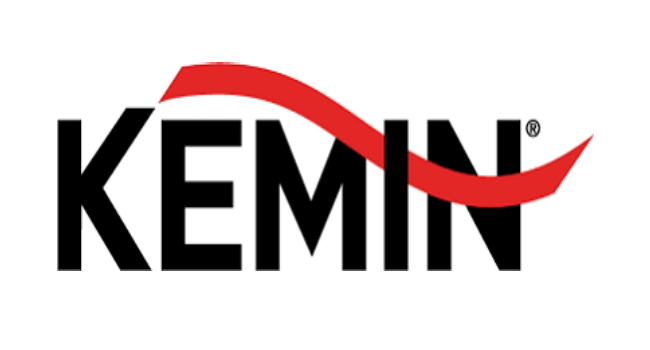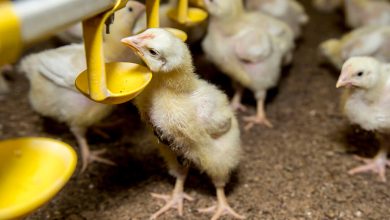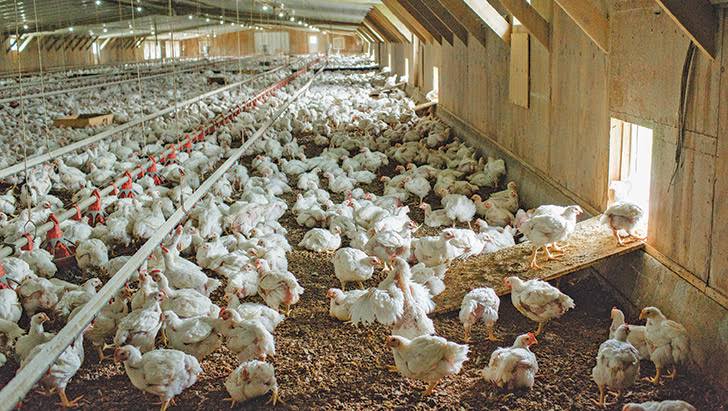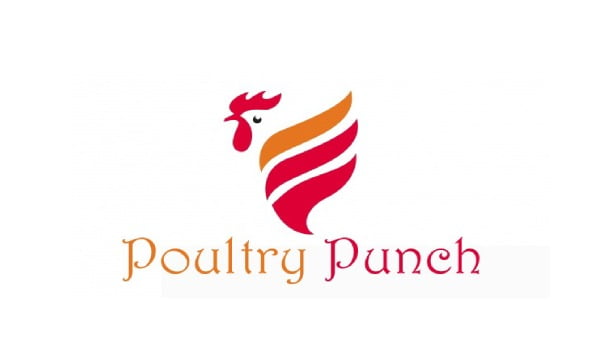ORGANIC POULTRY PRODUCTION

K. Selvarasu
Veterinary University Training and Research Centre, Parakkai, Nagercoil-629601
INTRODUCTION
Organic poultry production is a system of farming which aims to promote poultry health and environmental sustainability through holistic management for positive health based on a biologically active soil. To be certified as organic egg, the hen should have been fed with organic feed, which is produced without synthetic pesticides, drugs, antibiotics or Genetically Modified Crops. Hens used to produce organic eggs should not be fed rations containing meat by-products, such as meat and bone meal. The “organic” label has also been applied to eggs produced by hens that are consuming diets, which do not contain any drugs or hormones. These organic eggs must come from the hens reared in deep litter systems, with sufficient access to free-range.
PRINCIPLES OF ORGANIC POULTRY PRODUCTION
- A precautionary approach to health issues.
- Positive rather than reactive health management.
- A focus on the fundamental causes of health problems rather than the symptoms.
- Preference for the use of natural rather than artificial processes.
- Limits on unit sizes and stocking density avoid intensive housing conditions.
- Slower growing breeds encouraged.
- No routine prophylactic drug treatments-usually only individual animals which are actually ill are treated, and then are required to be treated.
- Homeopathic and/or Ayurvedic treatments are preferred to Allopathic.
- Animal health plans obligatory for each farm, to identify weaknesses and improvements required in the system for positive health.
- Record keeping.
- Breeding strategies are being developed to improve health including fertility.
AIMS OF ORGANIC POULTRY PRODUCTION
- To produce food of high quality in sufficient quantity.
- To interact in a constructive and life-enhancing way with natural systems and cycles.
- To consider the wider social and ecological impact of the organic production processing system.
- To encourage and enhance biological cycles within the farming system involving micro-organisms, soil flora, plants and animals.
- To maintain and increase the long-term fertility of soil.
- To maintain the genetic diversity of the production system and its surroundings, including the protection of plant and wildlife habitats.
- To use as far as possible renewable resources in locally organised production systems.
- To create a harmonious balance between crop production and animal husbandry.
- To minimise all forms of pollution.
CONDITIONS FOR CERTIFIED ORGANIC EGG
To produce a certified organic egg, the chicken which lays the egg must be certified organic itself or if from a conventional source, must be from those layers fed with organic feed for atleast six months before the eggs are certifiable. Some of the regulations which apply to organic egg production are as follows,
- All the ingredients used to feed the laying hen must be from certified organic sources. No herbicides, fungicides, insecticides or chemical fertilizers are allowed.
- The farmer must replenish the soil naturally with the goal of sustainable production.
- Housing must allow for “reasonable liberty, normal socialization, maximum fresh air, day light and shelter from inclement weather conditions”. The birds must have access to free range or large open air runs and has contact with the natural ground.
- No antibiotics, prohibited parasiticides or coccidiostats are allowed in the egg producing flock. In the event of treatment, birds must be withdrawn from organic production for a period of 90 days or twice the official waiting period, which ever is greater. Only after the producer has met all the production regulations and had his birds, his own land and his books inspected farm can only be recommended for organic status. Once approved, a certificate will be issued stating that the eggs are certified organic.
ORGANIC CHICKEN EGG STANDARDS
- 100% certified organic feeds.
- 75 square feet per bird in the hen house.
- Uninterrupted supply of clean water.
- Natural light in the house.
- Adequate ventilation to prevent ammonia build-up.
- Access to the outdoors when seasonally appropriate.
- Outdoor area providing five square feet per bird.
- Egg storage area holding eggs at 60 0
- Temperature of poultry house 40 – 80 0
- Humidity 60 – 80%.
- At least one bell waterer per 75-100 birds, or one nipple per 10-15 birds on line waterers.
- Flat roost area that hens cannot get under, with waters over this. Periodically dust with Calcium Phosphate or lime to keep ammonia down. Six inches per bird on roost area.
- Litter should be sawdust, shavings, certifiable hay or straw, or ground cobs.
- Floor area should be dry with certifiable scratch feed on the floor to encourage turning of the litter. If using the deep litter method, it must be microbially alive, and turned periodically with moisture to aid break down. Lime the floor periodically to disinfect.
- Rest time of two weeks between batches is encouraged to break parasite cycle. Clean house thoroughly, lime heavily, or spray a mild bleach solution to disinfect.
- Should maintain adequate air movement to avoid an overwhelming ammonia smell. Ammonia levels in house should be less than 20 ppm. Ridge vents are highly encouraged to remove ammonia and moisture.
- Supplemental lighting not mandatory but encouraged. Fourteen to sixteen hours recommended. Never decrease for hens once they are laying.
- Vaccination permitted against certain diseases may also be carried out.
- All laying hens must be fed 100% certified organic feed from day one. Do not feed kitchen scraps. High-quality certifiable hay (either ground into feed or as bedding) keeps the yolk color dark. Feed constituting a major .component of any animal production system and in the case of egg production, the major cost, it is vital that every aspect of the diet is correct in order to ensure optimum performance. Organic standards prohibit the inclusion of genetically modified material and products produced using genetically modified organisms. Those of plant origin currently permitted, along with their by-products, include cereals, oil and legume seeds, tuber roots and forages. However, a further restriction on these products is the fact that they must not have been produced or prepared using chemical solvents. Animal products permitted for inclusion under the regulations include milk and fish or other marine animals, plus by-products. All yolk pigments must be of natural origin.
ORGANIC CHICKEN MEAT STANDARDS
- Reared in movable housing.
- Stocking rate 833 birds per hectare.
- Birds selected from slow growth potential and higher age at slaughter.
- Large, shaded open spaces and controlled flock sizes.
- Feed contains 75% cereal content and remaining 25% is composed of vegetable based protein.
- Slaughter age minimum 81 days
- Minimum free range 2 M2/bird, under EU Standards it is 2.5 M2 per bird.
- Birds must not be transported for more than 100 kms or 2 hours by road.
- There are two regulations within the legislation that need to be considered. Feed is intended to ensure quality production rather than maximizing production. Disease prevention is by the use of high quality feed, together with regular exercises and access to pasturage, having the effect of encouraging the natural immunological defence of the animal. The ingredients must be clear and traceable.
- Generally it is accepted that mortality rates are likely to be higher in birds kept under range. The estimated mortality rate is 10% for organic table birds. The development of an animal health plan is an essential part of any organic farming system. It takes account of all aspects of the individual including stress, general well being as well as physical symptoms.
References
NUTRITION AND FEEDING OF ORGANIC POULTRY by ROBERT BLAIR.
ORGANIC POULTRY PRODUCTION by NICOLAS LAMPKIN



